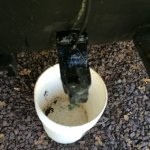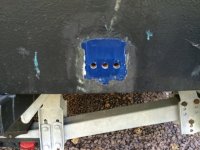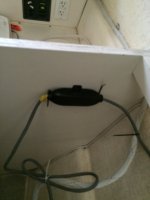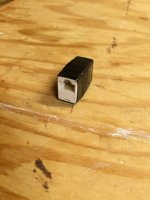Lost Petrel
New member
The depth readings on my Raymarine DSM300 sounder with a P66 transducer went bad intermittently last fall. It started when on plane crossing the Straits of Georgia and then would only read correctly once in a while while in Desolation and then worked for awhile coming back.
I have researched online and come up with various theories and mostly suspect the transducer. Replacement of it would be relatively easy for me right now with the boat on the trailer, but I hate to do it on just a guess. Infinitely difficult to test it out of the water. Of course if I wait it would get a whole lot more expensive if I put it in and then have to haul again.
I am inclined to just replace it on the hope that it is the problem, any opinions?
I have researched online and come up with various theories and mostly suspect the transducer. Replacement of it would be relatively easy for me right now with the boat on the trailer, but I hate to do it on just a guess. Infinitely difficult to test it out of the water. Of course if I wait it would get a whole lot more expensive if I put it in and then have to haul again.
I am inclined to just replace it on the hope that it is the problem, any opinions?




